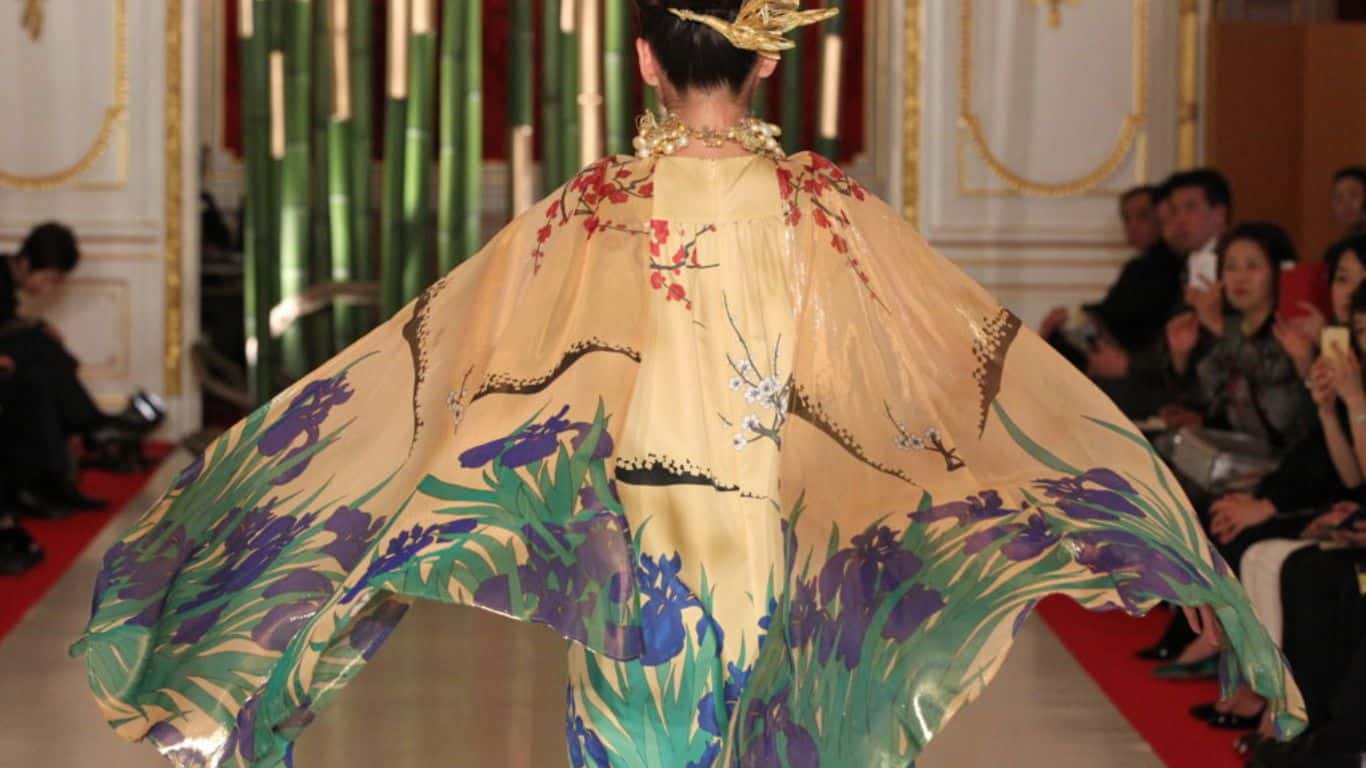Folklore Fashion: Blending Legendary Tales With Modern Styles: Folklore fashion has emerged as a popular trend in recent years, blending the rich history of traditional stories with modern styles. Folklore refers to the traditional stories, beliefs, and customs of a culture, and has been passed down through generations. Fashion designers have drawn inspiration from these stories and motifs to create unique and fascinating clothing designs. This article will explore the history and influence of folklore on fashion, the themes of folklore in fashion, the impact of folklore fashion on society, and provide tips for incorporating folklore into your own style. By embracing folklore fashion, we can celebrate cultural diversity and preserve traditional practices while creating new and exciting fashion trends.
Embracing Cultural Diversity Through Myths and Legends in Folklore Fashion

Folklore fashion allows designers to celebrate cultural diversity by drawing inspiration from a wide variety of myths and legends. This approach results in unique collections that showcase the richness of human imagination and promote cultural awareness.
For instance, a designer might explore Japanese mythology to create a collection inspired by the story of Amaterasu, the goddess of the sun. This collection could feature bold, sun-inspired patterns in vibrant reds, oranges, and golds, along with flowing silhouettes reminiscent of traditional Japanese kimonos. Alternatively, a designer might delve into Native American folklore and incorporate elements from the tale of the Thunderbird, a powerful supernatural creature. The collection could include geometric patterns, feather motifs, and earthy color palettes to capture the essence of the legend.
These culturally inspired collections not only captivate audiences with their unique designs, but also serve as an opportunity to educate people about the rich traditions and stories from which they are derived. By incorporating elements from various cultural narratives, folklore fashion transcends borders and unites people through a shared appreciation for our collective human history. In doing so, designers play a significant role in fostering cultural understanding, appreciation, and inclusivity within the fashion industry and beyond.
Incorporating Symbolic Motifs and Patterns in Folklore Fashion

In folklore fashion, the incorporation of symbolic motifs and patterns derived from myths and legends is essential for adding depth and meaning to the designs. By weaving these symbols into garments, designers create pieces that are not only visually appealing but also carry a deeper cultural significance.
For example, a designer might draw inspiration from Norse mythology and incorporate the iconic symbol of Yggdrasil, the cosmic tree that connects the nine realms. This motif could be translated into intricate embroidery or printed patterns on dresses, jackets, or accessories. By integrating the Yggdrasil symbol into their designs, the designer establishes a connection between the wearer and the rich cultural heritage of Norse mythology.
Similarly, a designer might explore Slavic folklore and incorporate the symbolism of the Firebird, a magical creature representing light, hope, and rebirth. By using vivid colors, feather-like patterns, and shimmering fabrics, the designer can evoke the essence of the Firebird while creating a visually stunning collection. The garments become more than just beautiful pieces; they serve as a reminder of the rich cultural stories and traditions that inspired them.
Through the integration of symbolic motifs and patterns, folklore fashion enables designers to create clothing with a deeper meaning. These garments not only captivate the eye but also connect the wearer to the diverse cultural heritage from which they originate, fostering a sense of appreciation and pride in our shared human history.
Silhouettes and Styles Inspired by Legendary Figures in Folklore Fashion

Folklore fashion allows designers to create garments inspired by legendary figures from myths and legends, leading to unique silhouettes and styles that pay homage to these characters. For example, a designer might draw inspiration from Greek mythology and develop a collection influenced by the goddess Athena. The garments could feature flowing, draped fabrics and Grecian-inspired silhouettes, reminiscent of Athena’s iconic attire. By incorporating elements such as the owl, a symbol of wisdom, the designer further connects the collection to the legendary figure.
These designs not only celebrate the stories from which they originate but also create visually stunning pieces that stand out in the modern fashion landscape. In doing so, designers bring ancient narratives to life, blending the past with the present to create a unique and captivating fashion experience.
Sustainable and Ethical Practices in Folklore Fashion

Folklore fashion’s emphasis on nature and the environment provides an ideal platform for designers to adopt sustainable and ethical practices. For example, a designer inspired by the Native American legend of the Three Sisters (corn, beans, and squash) might create a collection that embodies harmony with nature. To achieve this, the designer could use eco-friendly materials such as organic cotton, recycled fabrics, or cruelty-free alternatives like vegan leather.
By incorporating sustainable practices, the designer not only creates a visually appealing collection but also demonstrates a commitment to environmental responsibility and social consciousness. This approach aligns with the core values of the stories and legends that inspire folklore fashion, and contributes to a more responsible and sustainable fashion industry.
Collaborations with Indigenous Artists

Collaborating with indigenous artists ensures authenticity and cultural sensitivity in folklore fashion. For example, a designer might partner with Australian Aboriginal artists to create a collection inspired by their ancient Dreamtime stories. By incorporating traditional Aboriginal art techniques, patterns, and motifs into the designs, the collaboration showcases and preserves these cultural elements. This approach not only enhances the collection’s cultural impact, but also supports the livelihoods of indigenous communities, fostering a respectful and mutually beneficial relationship between the fashion industry and traditional art forms.
Conclusion
Folklore fashion is a powerful tool that allows designers to bridge the gap between ancient narratives and contemporary styles. By drawing inspiration from the rich tapestry of human imagination found in myths and legends, designers can create collections that are visually stunning, culturally significant, and deeply meaningful. This innovative approach to fashion not only celebrates our diverse history but also paves the way for a more inclusive and sustainable industry.
Also Read: The Evolution and Adaptation of Mythological Stories



